Home>Technology>Smart Home Devices>What Does A Wi-Fi Router Do
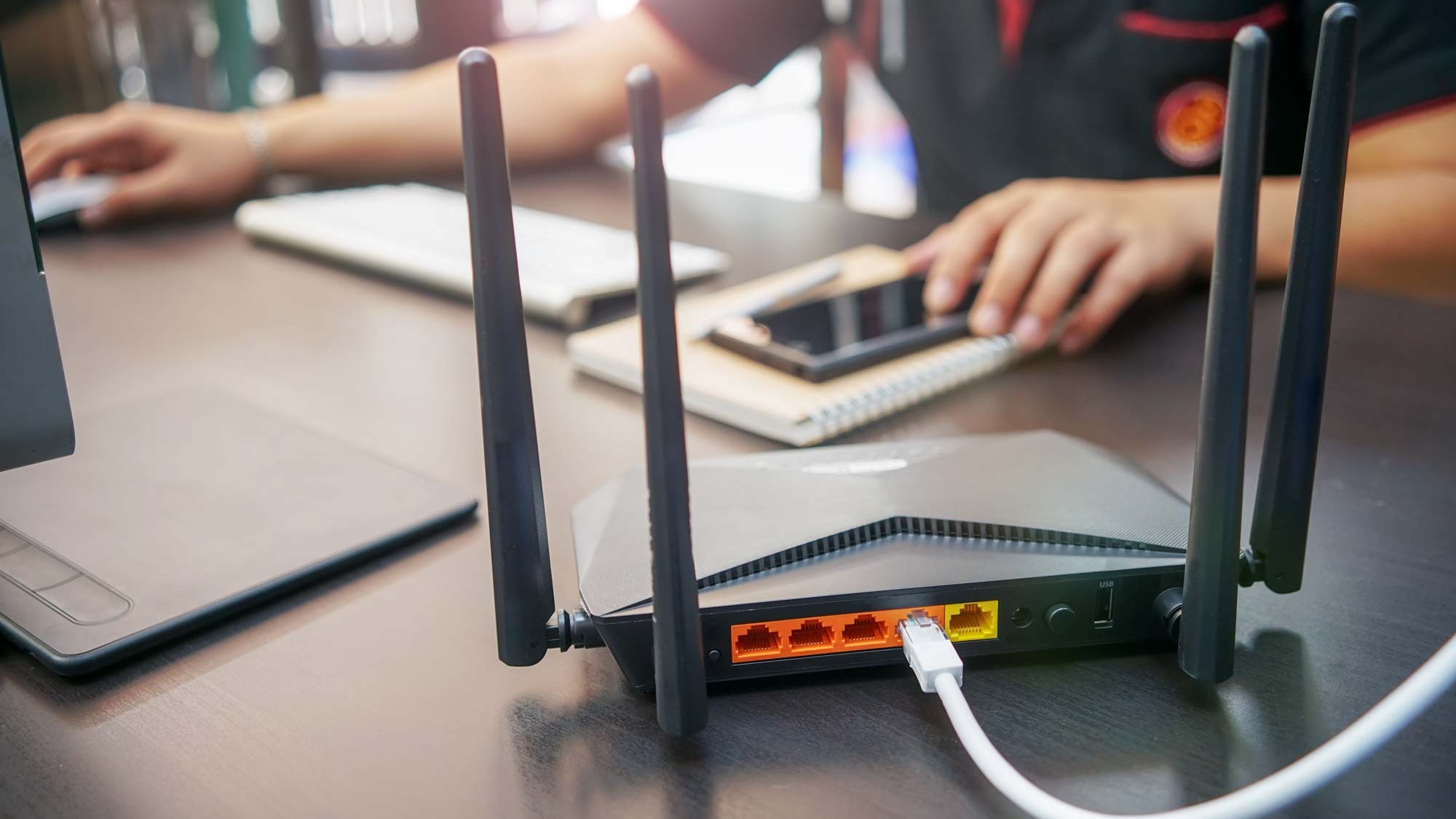

Smart Home Devices
What Does A Wi-Fi Router Do
Modified: January 4, 2024
Discover how Wi-Fi routers power your smart home devices and keep you connected. Learn about their essential role in creating a seamless smart home experience.
(Many of the links in this article redirect to a specific reviewed product. Your purchase of these products through affiliate links helps to generate commission for Storables.com, at no extra cost. Learn more)
**
Introduction
**
Welcome to the era of smart homes, where Wi-Fi routers play a pivotal role in keeping our interconnected devices seamlessly communicating with each other and the world wide web. In this article, we'll delve into the fascinating world of Wi-Fi routers, exploring their fundamental functions, intricate workings, and the essential role they play in modern households.
In today's digital age, the demand for high-speed internet connectivity has become a necessity rather than a luxury. From streaming entertainment and conducting virtual meetings to controlling smart home devices, the reliance on a robust Wi-Fi network has never been more pronounced. Understanding the fundamentals of Wi-Fi routers is crucial for optimizing their performance and ensuring a seamless online experience.
So, join us as we embark on a journey to demystify the enigmatic world of Wi-Fi routers, unraveling the complexities behind their operation, and equipping you with the knowledge to harness the full potential of these indispensable devices. Whether you're a tech enthusiast, a homeowner seeking to enhance your network, or simply curious about the technology powering your digital lifestyle, this exploration of Wi-Fi routers promises to be both enlightening and empowering.
**
Key Takeaways:
- Wi-Fi routers are like traffic managers for our devices, ensuring they can communicate with each other and the internet wirelessly. Understanding their basics and features can help optimize our online experience.
- Setting up and troubleshooting Wi-Fi routers involves strategic placement, security measures, and problem-solving. With the right knowledge, we can create a reliable and seamless wireless network for all our devices.
Read more: What Does Wps Button Do On Wi-Fi Router
Basics of Wi-Fi
**
Before delving into the intricacies of Wi-Fi routers, it’s essential to grasp the foundational concepts of Wi-Fi technology. Wi-Fi, a ubiquitous term in the realm of wireless communication, enables devices to connect to a local area network (LAN) wirelessly, providing access to the internet and other networked resources. The term “Wi-Fi” itself is a play on “Wireless Fidelity,” representing the wireless networking technology that has revolutionized how we access information and communicate.
At its core, Wi-Fi operates on radio frequencies, allowing compatible devices to transmit and receive data wirelessly. This wireless communication is facilitated by Wi-Fi routers, which serve as the central hub for managing network traffic and enabling seamless connectivity between devices. The proliferation of Wi-Fi technology has ushered in an era of unprecedented mobility, empowering users to access the internet and network resources without being tethered to a physical connection.
Understanding the basics of Wi-Fi entails familiarity with essential terminology, such as SSID (Service Set Identifier), which represents the unique name of a Wi-Fi network, and WPA (Wi-Fi Protected Access) security protocols, which safeguard wireless transmissions from unauthorized access. Additionally, the concept of Wi-Fi channels, which are distinct radio frequencies used for wireless communication, plays a crucial role in optimizing network performance and minimizing interference.
Furthermore, advancements in Wi-Fi technology have led to the development of different standards, such as 802.11n, 802.11ac, and the latest 802.11ax (Wi-Fi 6), each offering improved data transfer speeds, range, and overall network efficiency. These standards dictate the capabilities of Wi-Fi routers and compatible devices, shaping the user experience in terms of connectivity speed and reliability.
As we navigate the intricate landscape of Wi-Fi technology, it becomes evident that a solid grasp of its foundational principles is instrumental in harnessing the full potential of wireless connectivity. With this knowledge as our compass, let’s venture deeper into the heart of Wi-Fi networks and the pivotal role of Wi-Fi routers in sustaining our interconnected digital lifestyles.
**
What Is a Wi-Fi Router?
**
A Wi-Fi router is a multifaceted device that serves as the cornerstone of a wireless network, enabling the seamless distribution of internet connectivity to various devices within a home or office environment. Essentially, a Wi-Fi router functions as a central hub that facilitates the transmission of data between the internet service provider (ISP) and connected devices, such as smartphones, laptops, smart home devices, and streaming media players.
At its essence, a Wi-Fi router integrates the functionalities of a traditional router and a wireless access point, allowing for both wired and wireless connectivity. It acts as a conduit for data traffic, directing information between devices within the local network and external networks, such as the internet. By leveraging radio frequency signals, a Wi-Fi router establishes a wireless network that empowers users to access the internet and network resources from various locations within its coverage area.
One of the defining features of a Wi-Fi router is its ability to create a local area network (LAN), which serves as the interconnected ecosystem for devices to communicate and share resources. The router assigns unique IP addresses to devices within the network, enabling seamless data exchange and resource utilization. Additionally, a Wi-Fi router incorporates security measures, such as encryption protocols and firewall capabilities, to safeguard the network from unauthorized access and potential cyber threats.
Moreover, modern Wi-Fi routers are equipped with advanced features, including dual-band and tri-band capabilities, allowing for simultaneous operation on multiple radio frequencies to accommodate a diverse range of devices and applications. Furthermore, the integration of beamforming technology enhances signal strength and coverage, optimizing the wireless experience for users throughout their homes or workplaces.
As the linchpin of wireless connectivity, a Wi-Fi router plays a pivotal role in shaping the online experience of users, offering a gateway to the digital realm while orchestrating the seamless interconnection of diverse devices. Its versatility and functionality make it an indispensable component of modern households and workspaces, empowering individuals to harness the full potential of wireless networking.
With a deeper understanding of the fundamental purpose and capabilities of a Wi-Fi router, we are poised to explore the intricate mechanisms that drive its operation, shedding light on the inner workings that underpin our connected lifestyles.
**
How Does a Wi-Fi Router Work?
**
Understanding how a Wi-Fi router operates involves unraveling the intricate mechanisms that enable seamless wireless connectivity and data transmission within a networked environment. At its core, a Wi-Fi router functions as a central communication hub, orchestrating the flow of data between devices and the internet while optimizing network performance and coverage.
The operation of a Wi-Fi router can be elucidated through the following key components and processes:
Radio Frequency Transmission: A Wi-Fi router relies on radio frequency signals to establish wireless connections with compatible devices. It operates within the 2.4 GHz and 5 GHz frequency bands, emitting signals that enable devices to wirelessly access the network and the internet.
Wireless Access Point: The Wi-Fi router incorporates a wireless access point, which serves as the interface for wireless devices to connect to the network. This component enables seamless communication between the router and wireless devices, allowing for data exchange and internet access.
Routing Functionality: As a router, the device directs data traffic between the local network and external networks, such as the internet. It employs routing protocols to efficiently transmit data packets to their intended destinations, ensuring that information flows smoothly between connected devices and the broader network infrastructure.
Network Address Translation (NAT): The Wi-Fi router utilizes NAT to assign unique IP addresses to devices within the local network, enabling them to communicate with external networks while maintaining a layer of security. This process facilitates the seamless exchange of data and resource sharing among connected devices.
Security Measures: Wi-Fi routers incorporate robust security features, including encryption protocols such as WPA2 and WPA3, to protect wireless transmissions from unauthorized access and potential cyber threats. Additionally, the implementation of firewalls and network access controls enhances the overall security posture of the network.
Quality of Service (QoS) Management: To prioritize and optimize network traffic, Wi-Fi routers employ QoS mechanisms that allocate bandwidth based on the specific requirements of connected devices and applications. This ensures that critical data, such as video streaming or online gaming, receives the necessary network resources for a seamless user experience.
Beamforming Technology: Many modern Wi-Fi routers integrate beamforming technology, which enables the router to focus wireless signals directly towards connected devices, enhancing signal strength and coverage. This targeted approach optimizes the wireless experience by mitigating signal interference and improving connectivity reliability.
Firmware and Software Management: The operation of a Wi-Fi router is further enhanced through firmware updates and software management, which ensure that the device remains equipped with the latest features, security patches, and performance optimizations.
By comprehending the interplay of these components and processes, we gain a deeper insight into the intricate workings of a Wi-Fi router, appreciating its role as the linchpin of wireless connectivity and network management.
**
A Wi-Fi router connects devices to the internet wirelessly. It creates a local network for devices to communicate and access the internet. Keep it in a central location for better coverage.
Features of a Wi-Fi Router
**
A Wi-Fi router encompasses a diverse array of features and capabilities that collectively define its functionality and performance within a networked environment. These features are instrumental in shaping the user experience, optimizing network connectivity, and ensuring the seamless interconnection of devices. Here, we explore the key features that distinguish Wi-Fi routers and contribute to their indispensability:
Wireless Standards: Wi-Fi routers adhere to specific wireless standards, such as 802.11n, 802.11ac, and the latest 802.11ax (Wi-Fi 6), which dictate their data transfer speeds, range, and overall network efficiency. These standards play a crucial role in determining the capabilities and compatibility of Wi-Fi routers with diverse devices and applications.
Dual-Band and Tri-Band Operation: Many Wi-Fi routers support dual-band or tri-band operation, enabling simultaneous transmission on multiple radio frequencies. This feature accommodates a diverse range of devices and applications, optimizing network performance and minimizing interference.
Multiple Antennas: Wi-Fi routers are equipped with multiple antennas that facilitate improved signal reception, transmission, and coverage. These antennas enhance the router’s ability to communicate with wireless devices and optimize the reach of the wireless network.
Guest Network Support: Some Wi-Fi routers offer guest network functionality, allowing users to create a separate network for guests or temporary users. This feature enhances network security and privacy by segregating guest access from the primary network.
USB Ports and Storage Capabilities: Many Wi-Fi routers feature USB ports that enable the connection of external storage devices, such as flash drives or external hard drives. This facilitates file sharing, media streaming, and network-attached storage (NAS) functionality within the local network.
Parental Controls: Wi-Fi routers often incorporate parental control features, empowering users to manage and restrict internet access for specific devices or users. This capability is invaluable for regulating online activities and ensuring a safe digital environment, particularly for children and adolescents.
Quality of Service (QoS) Configuration: QoS settings allow users to prioritize network traffic based on specific applications or devices, ensuring that critical data, such as video streaming or online gaming, receives the necessary bandwidth for optimal performance.
Beamforming Technology: Many modern Wi-Fi routers integrate beamforming technology, which enables the router to focus wireless signals directly towards connected devices, improving signal strength and coverage while minimizing interference.
Remote Management and Monitoring: Some Wi-Fi routers offer remote management capabilities, allowing users to monitor and configure their networks from a distance using dedicated mobile apps or web-based interfaces. This feature enhances convenience and accessibility for network management.
Mesh Networking Compatibility: Certain Wi-Fi routers are compatible with mesh networking systems, enabling the expansion of wireless coverage and the creation of a seamless, unified network across larger areas or multiple floors.
By harnessing these diverse features, Wi-Fi routers empower users to establish robust, secure, and high-performance wireless networks that cater to the dynamic demands of modern connectivity. The amalgamation of these features underscores the pivotal role of Wi-Fi routers in sustaining interconnected digital lifestyles and fostering a seamless online experience.
**
Read more: What To Do With An Old Wi-Fi Router
Setting Up a Wi-Fi Router
**
Setting up a Wi-Fi router is a fundamental step in establishing a reliable and secure wireless network within a home or office environment. The process entails a series of essential steps that culminate in the seamless deployment and configuration of the router, enabling users to harness the full potential of wireless connectivity. Here’s a comprehensive guide to setting up a Wi-Fi router:
1. Selecting an Optimal Location: Choose a central location for the router to ensure maximum coverage and signal strength throughout the premises. Avoid obstructions and interference from electronic devices, and position the router at an elevated level for enhanced wireless reach.
2. Connecting to Power and Internet Source: Power up the router and connect it to the broadband modem using an Ethernet cable. Ensure a stable and reliable connection to the internet source to facilitate seamless data transmission.
3. Accessing the Router’s Interface: Use a computer or mobile device to access the router’s web-based interface by entering the default IP address (e.g., 192.168.1.1) in a web browser. Log in using the default credentials provided by the router’s manufacturer.
4. Configuring Basic Settings: Follow the on-screen instructions to configure basic settings, such as the network name (SSID) and password. Choose a strong, unique password to enhance network security and prevent unauthorized access.
5. Updating Firmware: Check for firmware updates for the router and install the latest version to ensure optimal performance, security enhancements, and compatibility with newer devices and technologies.
6. Securing the Network: Enable robust security features, such as WPA2 or WPA3 encryption, to safeguard wireless transmissions from unauthorized access. Implement strong authentication credentials and consider enabling features like MAC address filtering for added security.
7. Configuring Guest Network (Optional): If desired, set up a guest network to provide separate access for visitors while maintaining the security of the primary network. Configure guest network settings, including access duration and limitations, to ensure privacy and security.
8. Implementing Parental Controls (Optional): If the router supports parental control features, configure settings to manage and restrict internet access for specific devices or users, promoting a safe and controlled online environment, particularly for children.
9. Optimizing Quality of Service (QoS): Configure QoS settings to prioritize network traffic based on specific applications or devices, ensuring that critical data, such as video streaming or online gaming, receives the necessary bandwidth for optimal performance.
10. Testing and Fine-Tuning: Test the wireless network’s coverage and performance across different areas of the premises. Fine-tune settings, such as channel selection and signal strength, to optimize wireless connectivity and mitigate potential interference.
By following these steps and customizing the router’s settings to suit specific requirements, users can establish a robust and secure wireless network that caters to their connectivity needs while providing a seamless and reliable online experience for all connected devices.
**
Troubleshooting Wi-Fi Router Issues
**
While Wi-Fi routers are designed to deliver seamless wireless connectivity, occasional issues may arise that impact network performance and user experience. Effective troubleshooting techniques can help identify and resolve these issues, ensuring the optimal operation of the router and the network it supports. Here are key troubleshooting steps to address common Wi-Fi router issues:
1. Slow or Intermittent Connectivity: If the Wi-Fi network exhibits sluggish performance or intermittent connectivity, consider relocating the router to a central, unobstructed location to enhance signal coverage. Additionally, update the router’s firmware, optimize channel selection, and minimize interference from neighboring networks and electronic devices.
2. Limited Range and Signal Weakness: To address limited wireless coverage and signal weakness, consider upgrading the router’s antennas to high-gain models for improved signal reception and transmission. Alternatively, explore the option of deploying wireless range extenders or mesh networking systems to expand coverage across larger areas or multiple floors.
3. Network Security Concerns: If there are security-related concerns, such as unauthorized access or compromised network integrity, review and strengthen the router’s security settings. Implement robust encryption protocols, change default login credentials, and consider enabling features like MAC address filtering and guest network isolation to bolster network security.
4. Device Connectivity Issues: When specific devices encounter difficulty connecting to the Wi-Fi network, ensure that the router’s firmware is up to date and that the devices are within the router’s coverage area. Verify the compatibility of devices with the router’s wireless standards and consider troubleshooting device-specific connectivity issues, such as outdated drivers or misconfigured network settings.
5. Network Congestion and Prioritization: Address network congestion and bandwidth allocation concerns by configuring Quality of Service (QoS) settings on the router. Prioritize critical applications and devices to ensure that essential data, such as video streaming or VoIP calls, receives the necessary network resources for optimal performance.
6. Firmware and Software Updates: Regularly check for firmware updates for the router and install the latest versions to benefit from performance enhancements, security patches, and compatibility improvements. Similarly, ensure that devices connected to the network have up-to-date drivers and software for seamless compatibility.
7. Interference and Channel Optimization: Mitigate wireless interference from neighboring networks and electronic devices by optimizing the router’s channel selection. Use tools to identify the least congested Wi-Fi channels and adjust the router’s settings accordingly to minimize interference and enhance network stability.
8. Remote Management and Monitoring: Explore the router’s remote management capabilities, if available, to monitor network performance, configure settings, and troubleshoot issues from a distance using dedicated mobile apps or web-based interfaces.
9. Professional Support and Assistance: If persistent issues persist despite troubleshooting efforts, consider seeking professional support from the router’s manufacturer or a qualified IT technician. They can offer advanced diagnostics and solutions to address complex or hardware-related issues.
By applying these troubleshooting strategies, users can effectively diagnose and resolve Wi-Fi router issues, fostering a reliable and high-performance wireless network that caters to their connectivity needs while ensuring a seamless online experience for all connected devices.
**
Conclusion
**
As we conclude our exploration of Wi-Fi routers, we emerge with a profound appreciation for the pivotal role these devices play in shaping our interconnected digital lifestyles. From the foundational principles of wireless networking to the intricate workings of Wi-Fi routers, our journey has illuminated the essential components, functionalities, and considerations that underpin the seamless operation of these indispensable devices.
Wi-Fi routers stand as the linchpin of modern connectivity, serving as the central conduit for wireless communication, network management, and internet access within homes, offices, and public spaces. Their multifaceted capabilities, encompassing dual-band operation, advanced security features, and quality of service optimization, empower users to establish robust, secure, and high-performance wireless networks that cater to the dynamic demands of today’s digital landscape.
Moreover, the process of setting up and troubleshooting Wi-Fi routers embodies a blend of technical acumen, strategic deployment, and adaptive problem-solving. By configuring optimal settings, addressing common issues, and harnessing the diverse features of Wi-Fi routers, users can ensure a seamless and reliable online experience for all connected devices, fostering productivity, entertainment, and communication in the digital realm.
As technology continues to evolve, Wi-Fi routers will remain at the forefront of enabling ubiquitous connectivity, driving innovation, and facilitating the seamless integration of smart home devices, IoT ecosystems, and emerging digital technologies. Their adaptability, security enhancements, and performance optimizations will continue to shape the landscape of wireless networking, empowering individuals and organizations to embrace the boundless potential of interconnectedness.
In essence, the journey through the world of Wi-Fi routers has not only unveiled the intricate mechanisms and functionalities of these devices but has also underscored their profound impact on our daily lives. As we navigate the ever-expanding horizons of wireless connectivity, the role of Wi-Fi routers as the guardians of seamless communication and digital empowerment remains steadfast, shaping the interconnected experiences that define our modern era.
With a deeper understanding of Wi-Fi routers and their far-reaching implications, we embrace the boundless opportunities and transformative potential that these devices bestow, propelling us into a future where connectivity knows no bounds, and the digital realm becomes an extension of our aspirations and endeavors.
Frequently Asked Questions about What Does A Wi-Fi Router Do
Was this page helpful?
At Storables.com, we guarantee accurate and reliable information. Our content, validated by Expert Board Contributors, is crafted following stringent Editorial Policies. We're committed to providing you with well-researched, expert-backed insights for all your informational needs.
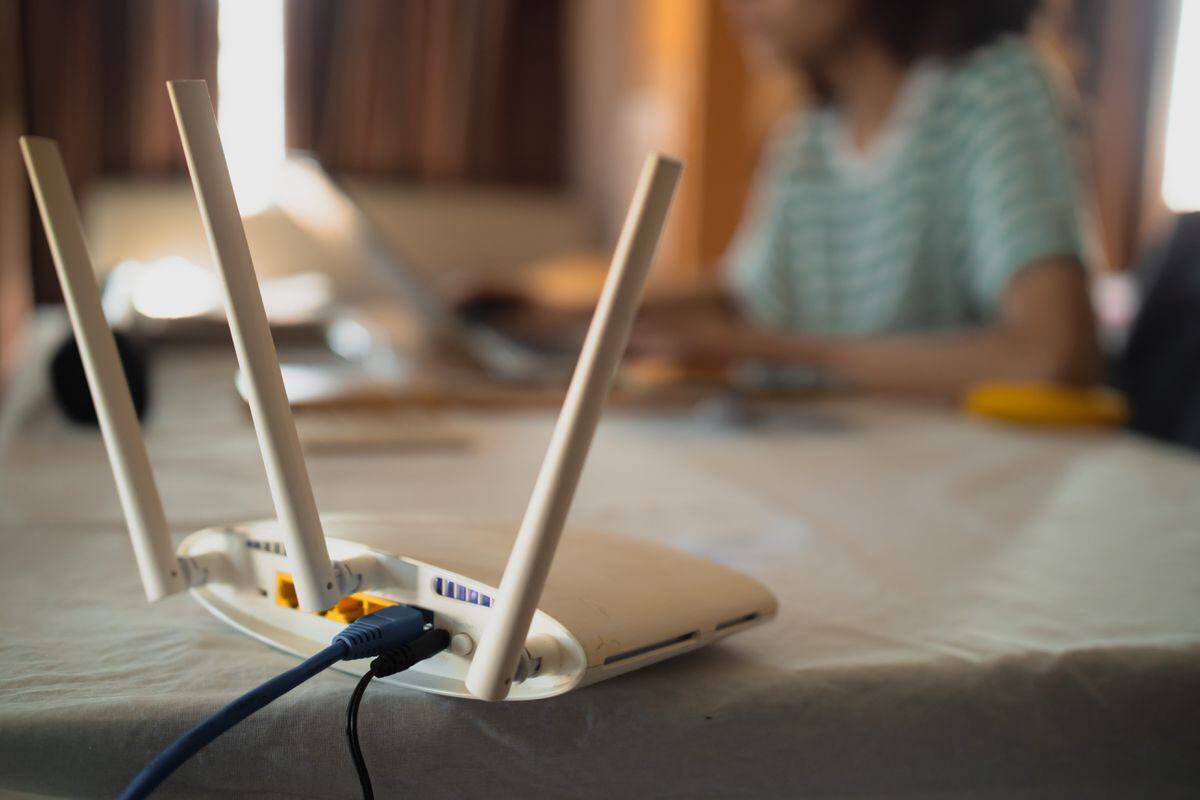
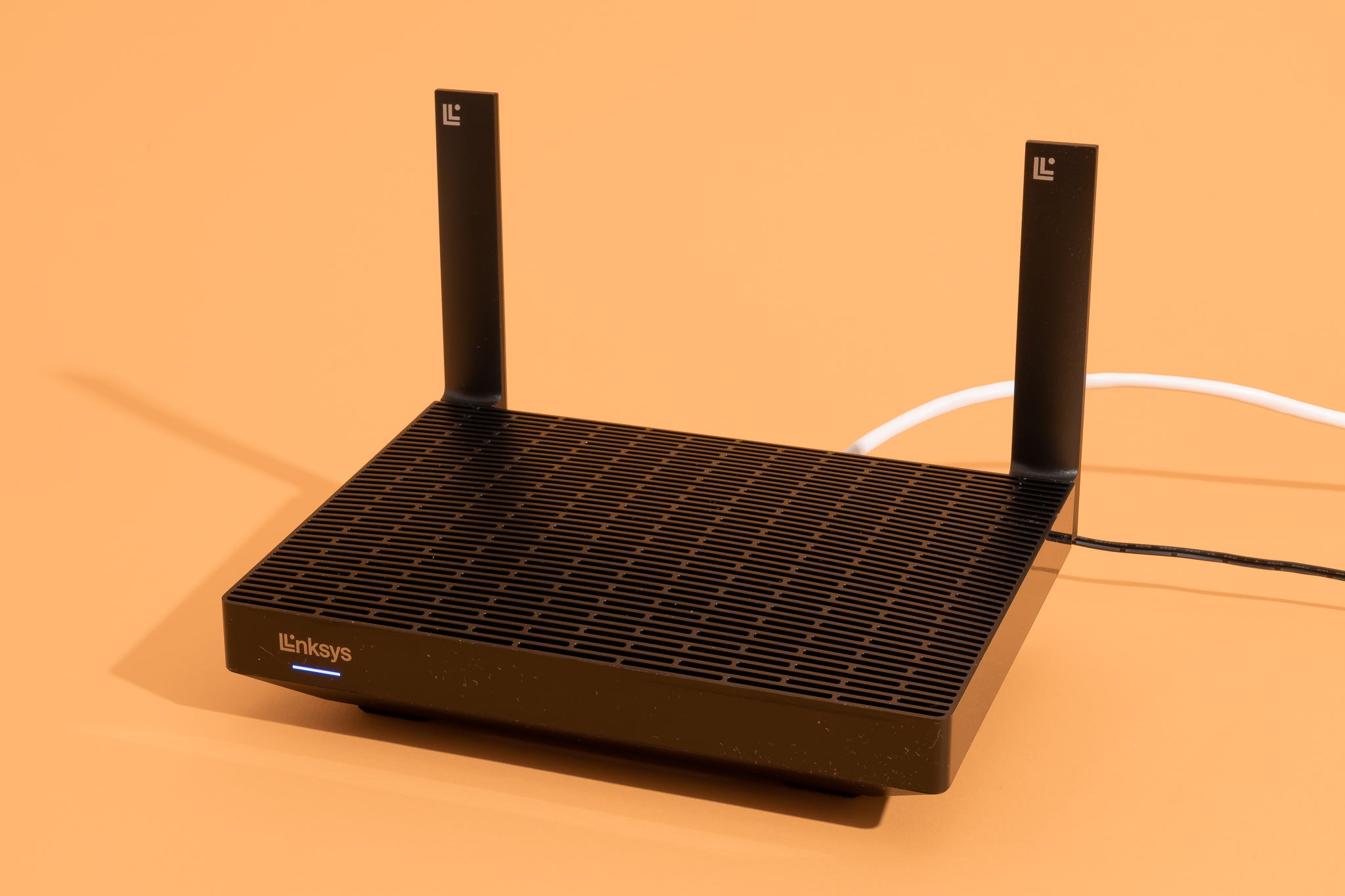
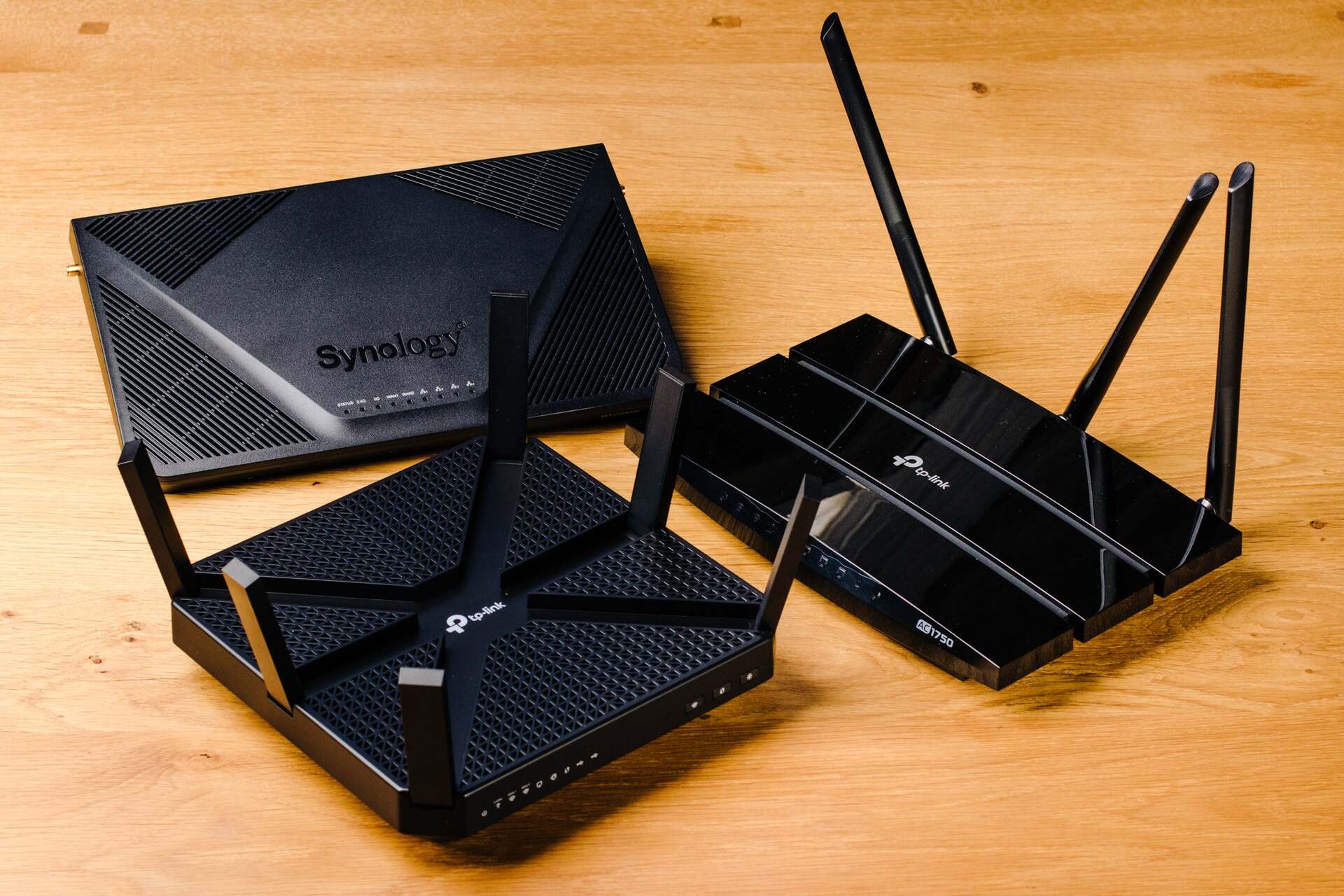
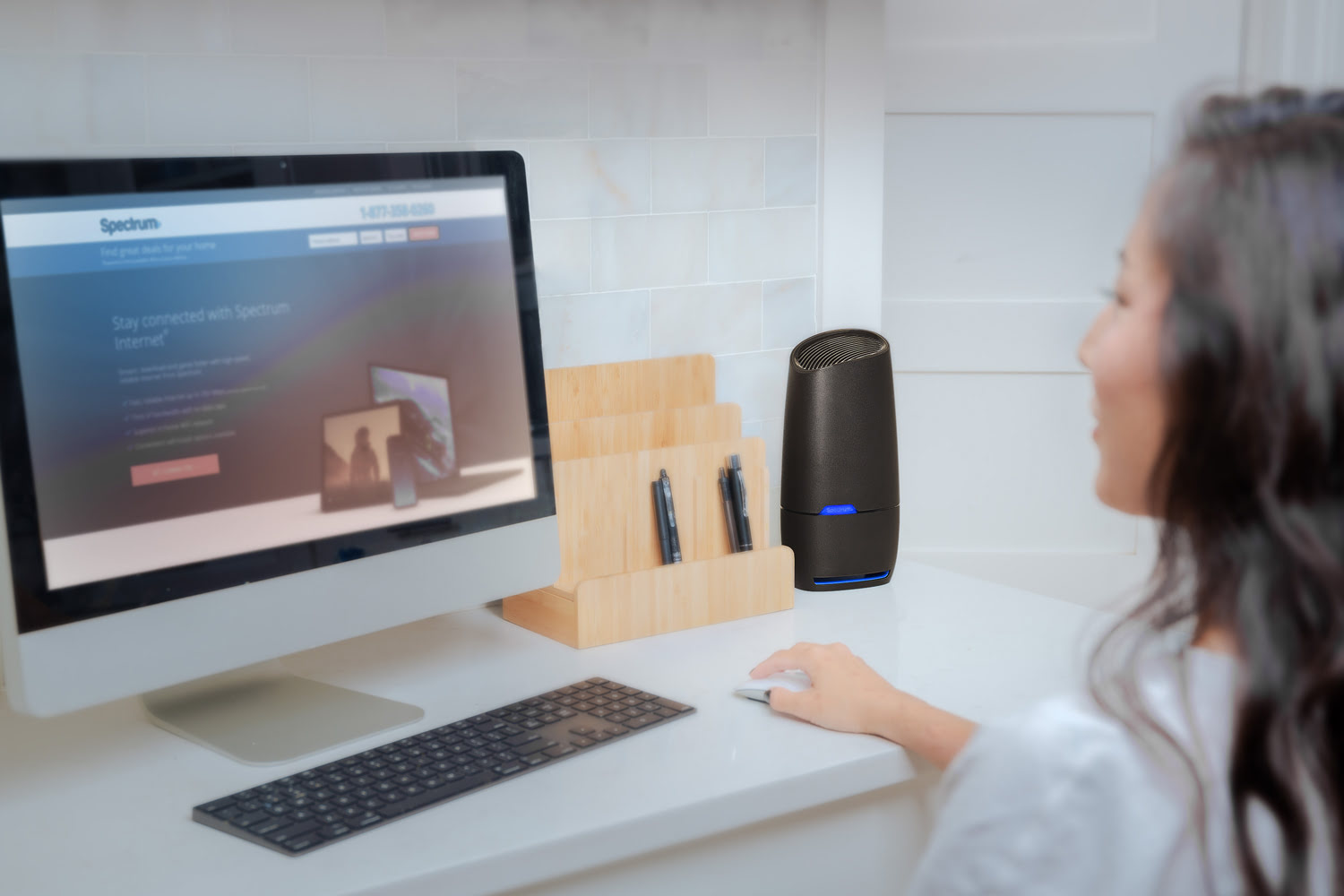
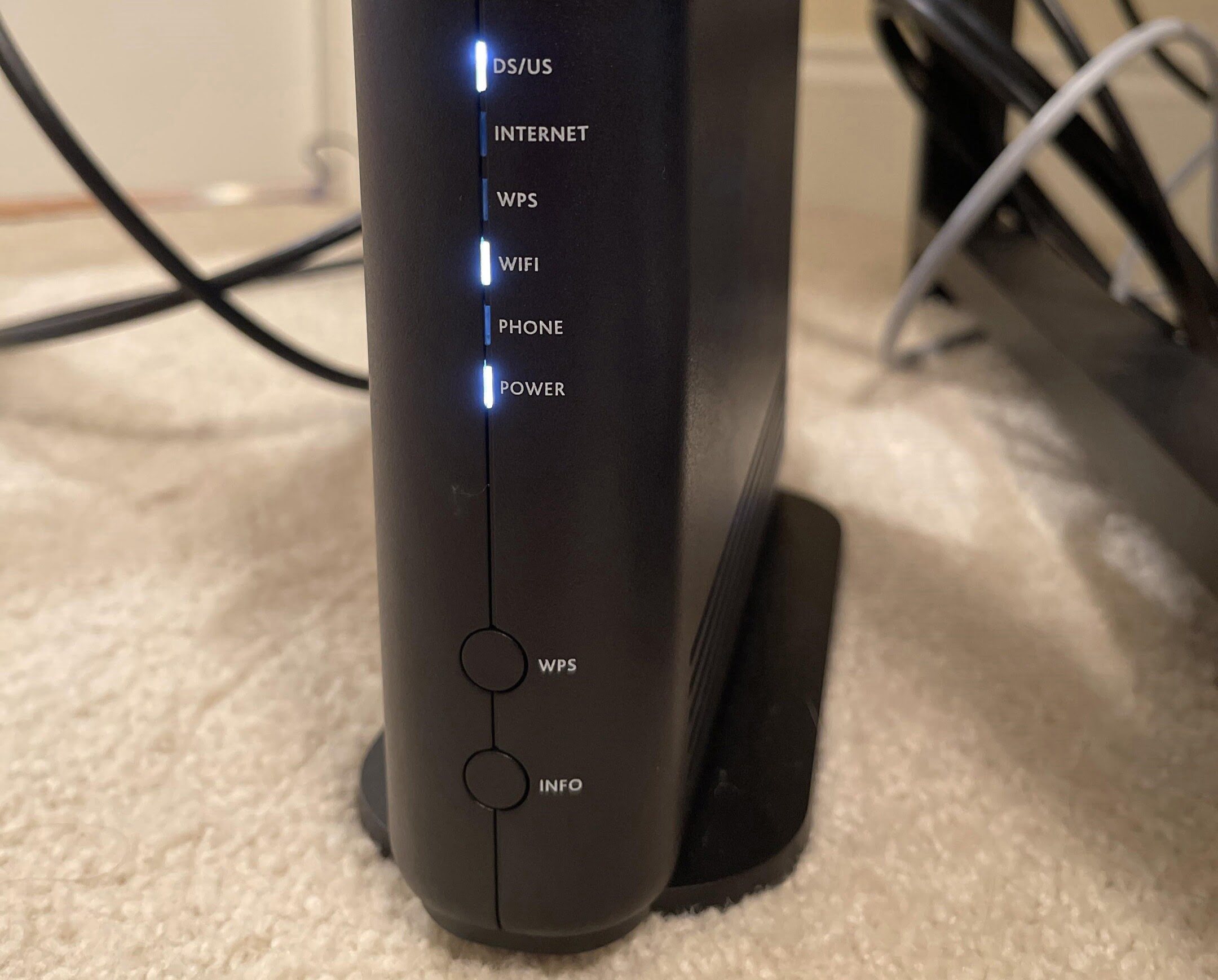
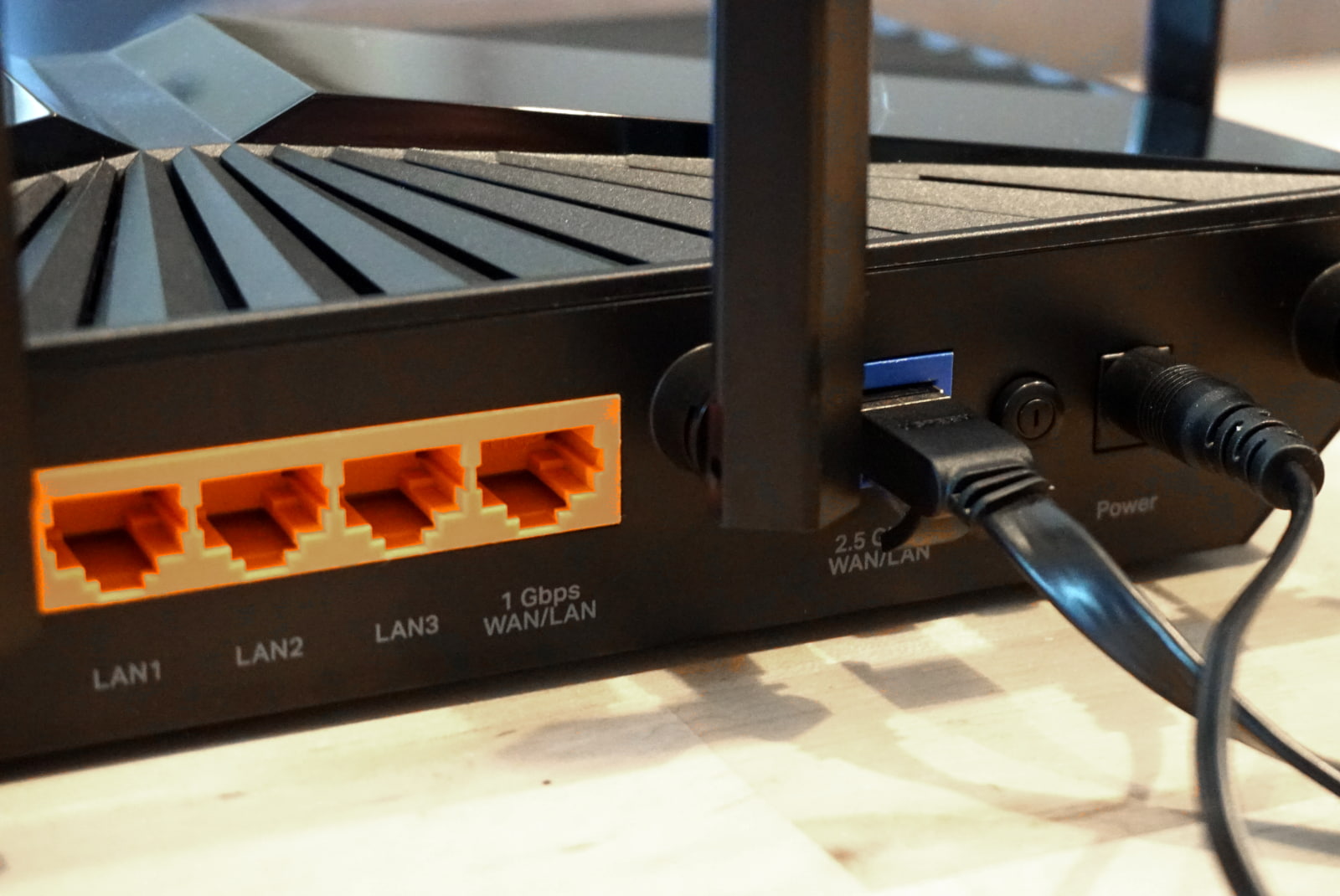
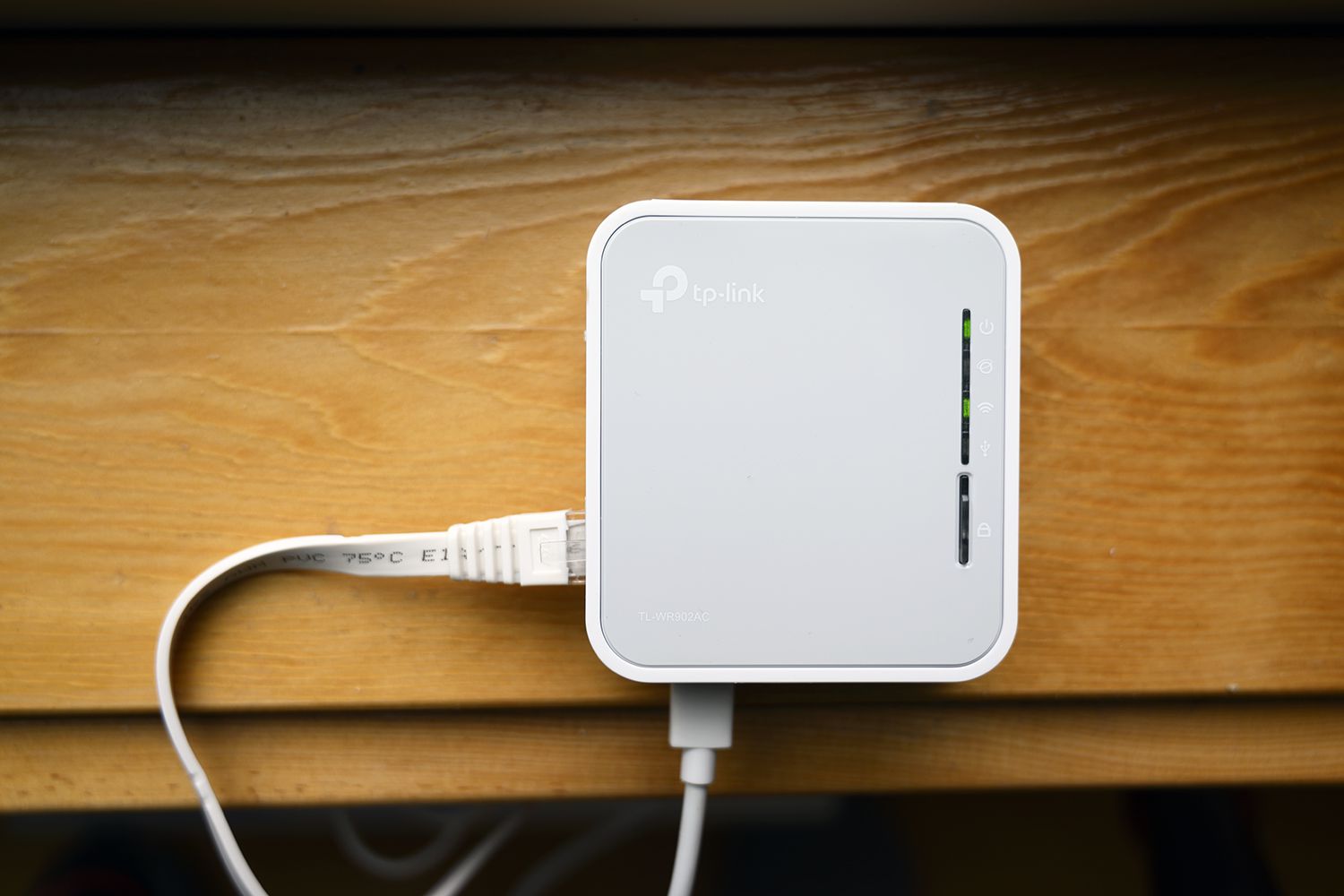




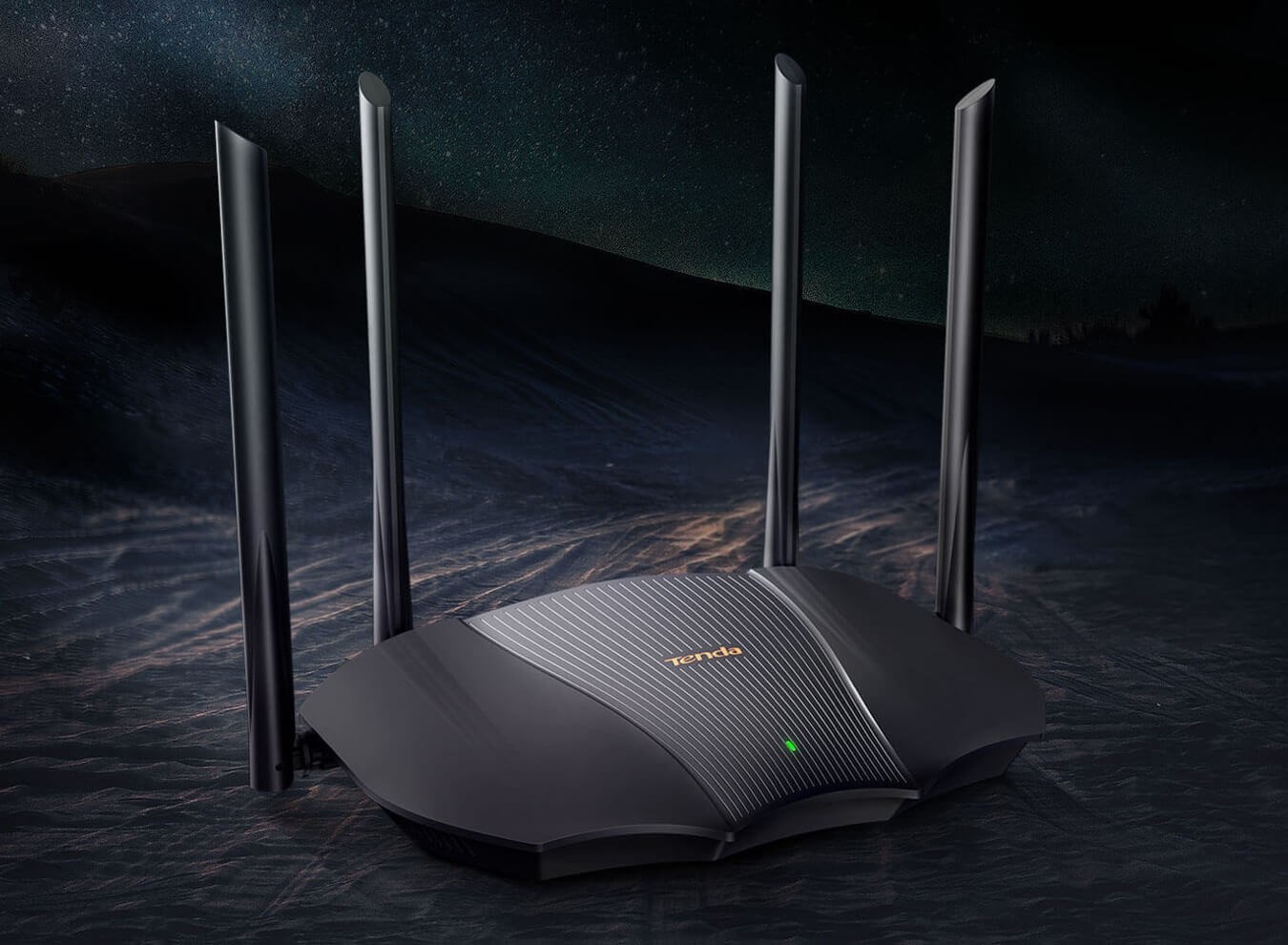
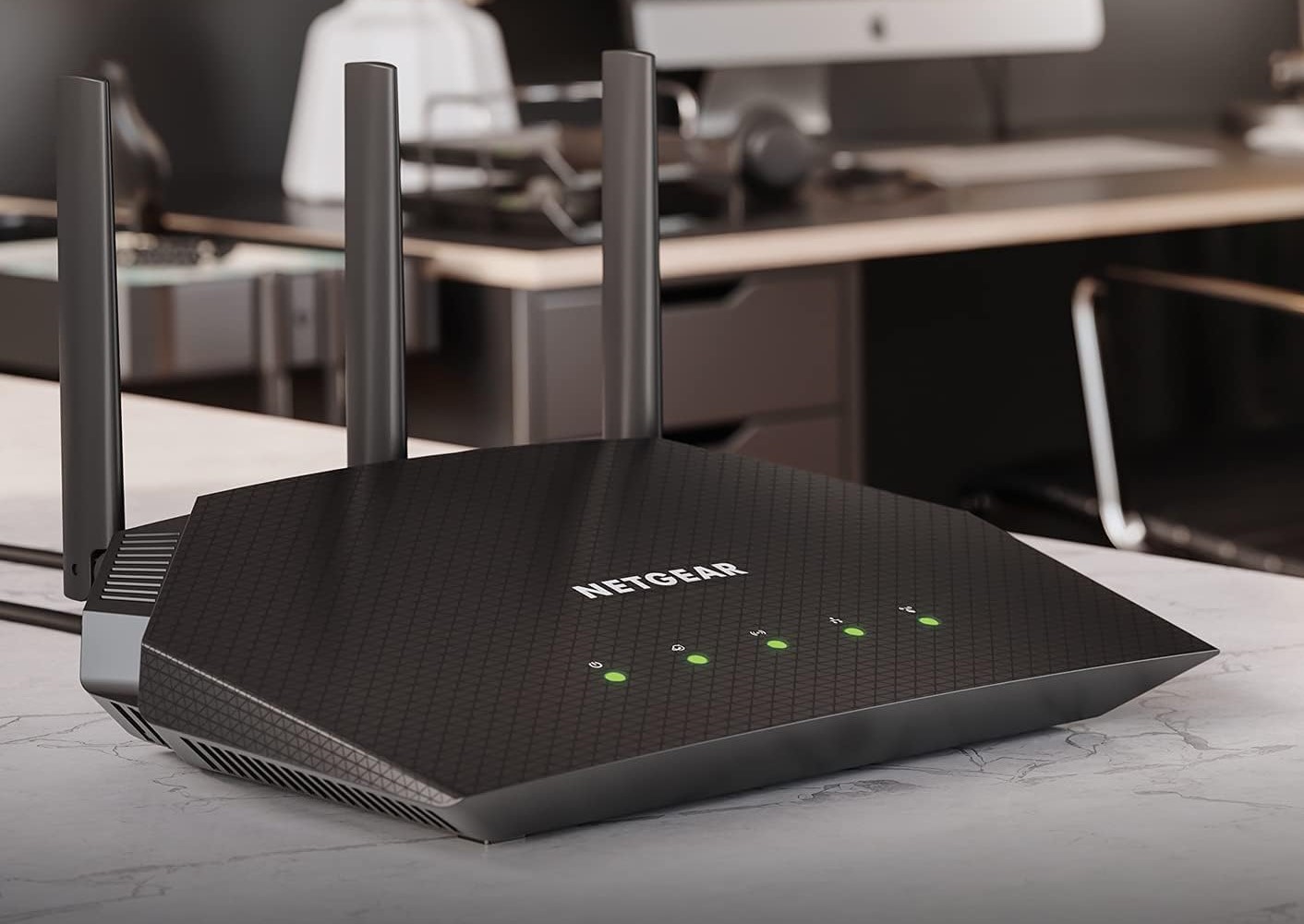
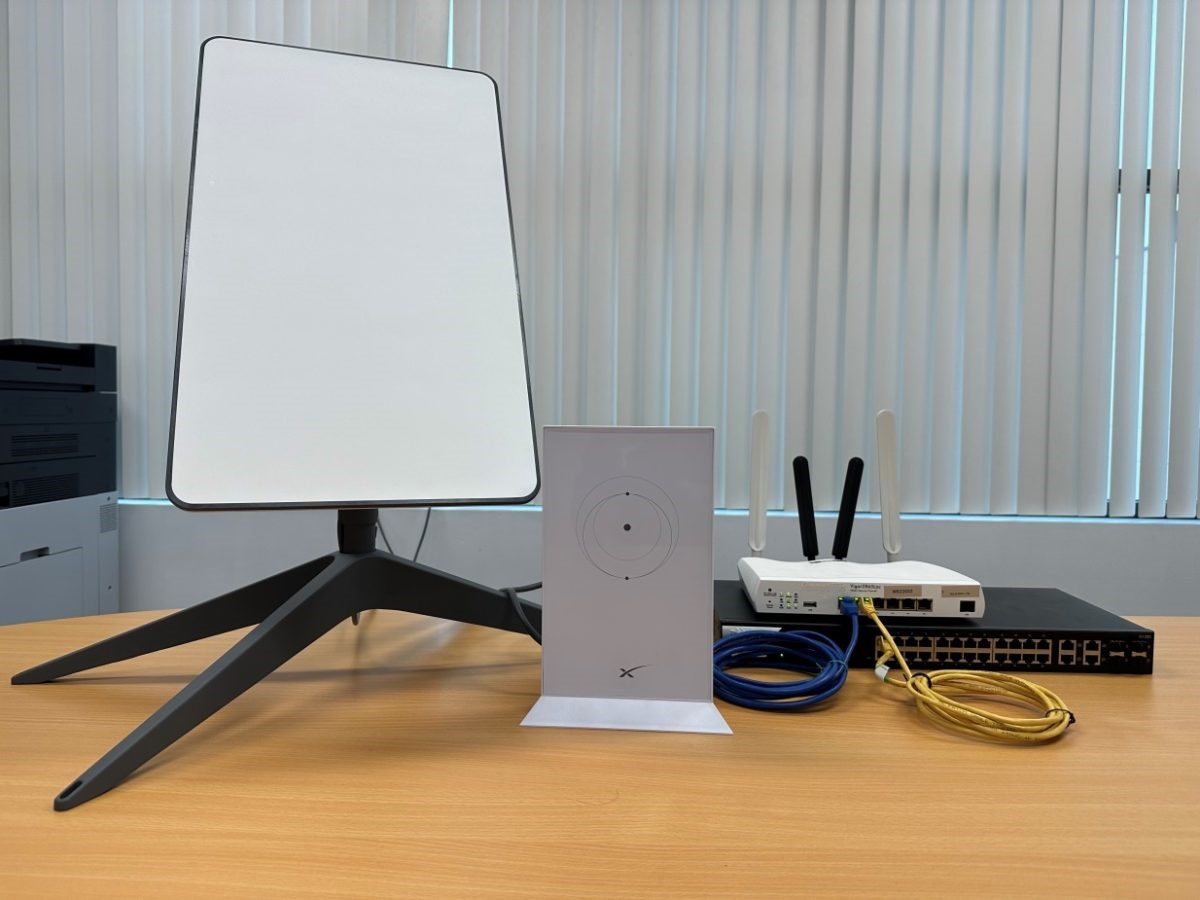

0 thoughts on “What Does A Wi-Fi Router Do”